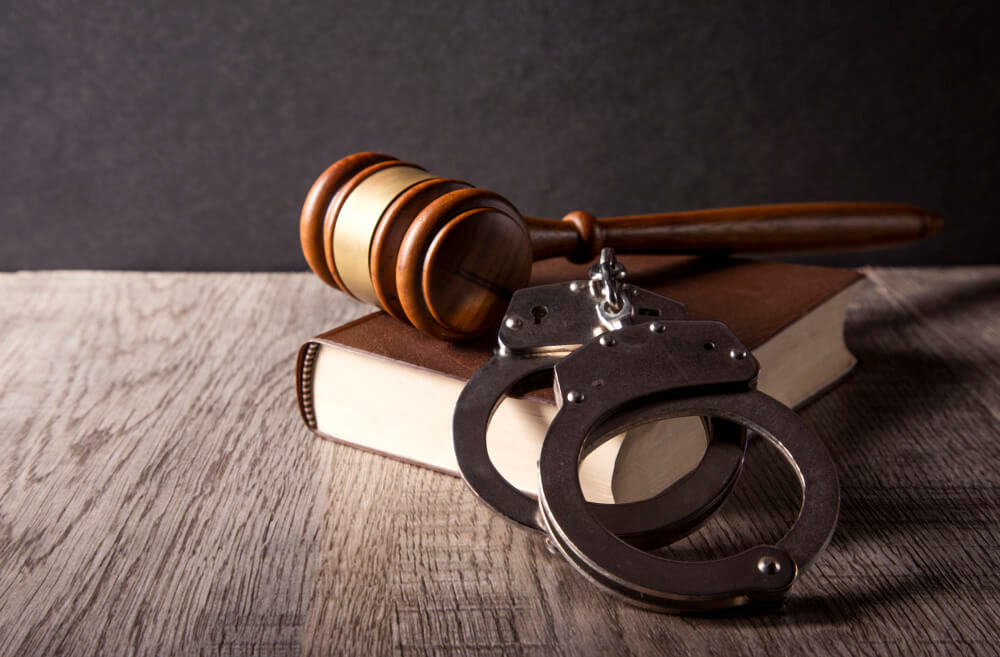The 4-3 majority continued in relevant part: Campanella also testified, however, that the “white blip” on the video indicated “the defendant firing the handgun”; that a frame depicted the suspect “turning towards the officer”; that another view of the first muzzle flash showed “where the suspect has turned and discharged the first round”; and that the video showed “where the suspect was standing when he fired the round.” Instead of commenting that the surveillance video showed the discharge of a weapon at a particular location, which would have constituted proper narration, Campanella testified about his view of defendant’s actions. Those comments, which supported the State’s position as to sharply disputed facts, do not constitute either proper fact testimony or admissible lay opinion testimony, and it was error to admit them. The Court finds that error harmless, however.
First, defendant admitted he was both the person McGhee confronted and the person in the video. Second, defendant made several key admissions that supported the State’s theory that he shot at McGhee to avoid arrest. Third, defendant admitted that his handgun discharged as he “turned to the side” and could “see McGhee out of my peripheral,” demonstrating that he was aware of McGhee’s proximity when the gun fired. Fourth, McGhee testified that as defendant ran into the vacant lot, he turned 180 degrees, raised the handgun, and fired it at McGhee from a distance of 18 to 24 feet. Fifth, the surveillance video shows McGhee approaching defendant, defendant running away with McGhee in close pursuit, defendant making a left turn near a building into a vacant lot, and a flash of light from defendant’s location immediately after he turned. Sixth, the State’s expert witness on ballistics supported McGhee’s version of events. In light of the evidence, Campanella’s improper comments that defendant turned toward the officer and that he “fired” and “discharged” the handgun were not “clearly capable of producing an unjust result” under Rule 2:10-2.
Justice Pierre-Louis, my Rutgers Law classmate, wrote the dissenting opinion. Joined by Chief Justice Rabner and Justice Wainer Apter, she wrote in summary as follows. The dissent agrees with the majority’s assessment of which portions of Campanella’s testimony were admissible and which were inadmissible but does not agree that the error in allowing the inadmissible testimony was harmless. The jury was tasked with resolving one question regarding the attempted murder charge — whether defendant intentionally fired at Officer McGhee. Noting that Campanella’s opinion testimony, as the lead forensic detective in the case, invaded the province of the jury on the sole disputed issue, the error in admitting that testimony was capable of producing an unjust result.
The majority’s analysis appears contradictory. It refers to “sharply disputed facts” while claiming that the evidence was so strong that the errors that occurred were harmless. If the evidence were so strong, it is difficult to imagine that the underlying facts being “sharply disputed.”

